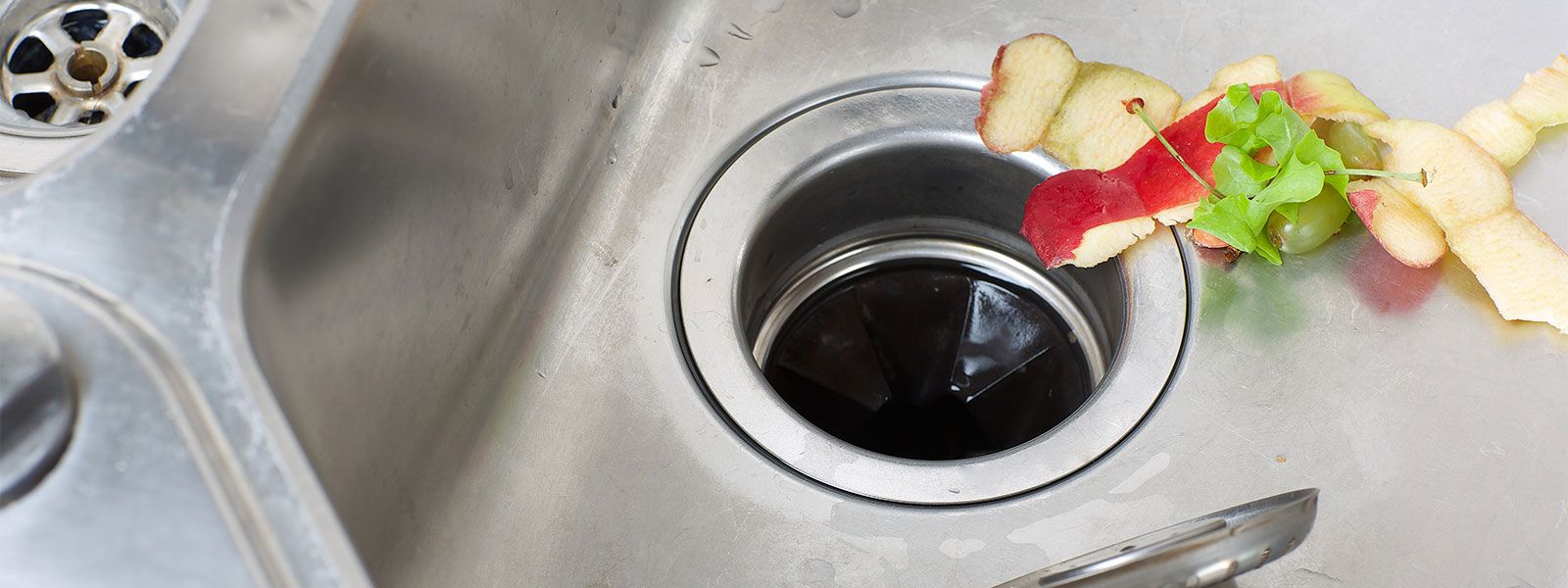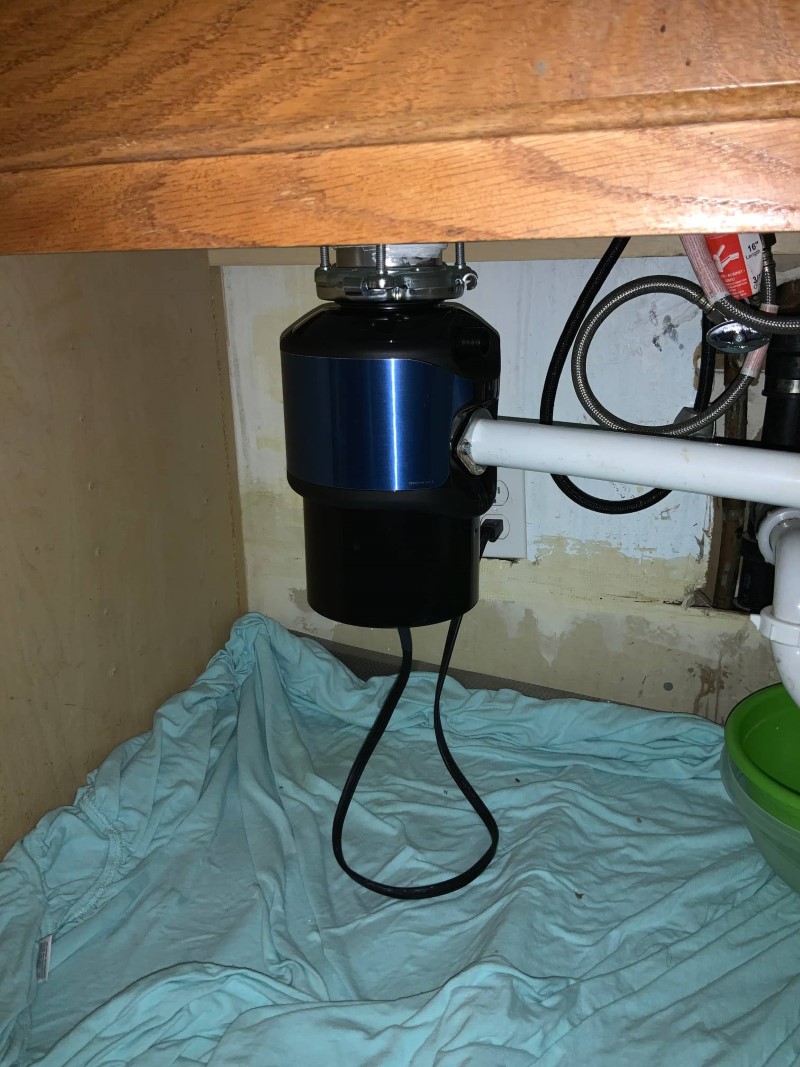An Guide to Resolving a Leak in Your Garbage Disposal
An Guide to Resolving a Leak in Your Garbage Disposal
Blog Article
We have noticed the article pertaining to Garbage Disposal Leaking From Bottom below on the net and reckoned it made good sense to discuss it with you on this site.

Waste disposal unit are important kitchen home appliances that help in dealing with food waste effectively. Nonetheless, a dripping garbage disposal can be an aggravating and untidy problem to manage. Thankfully, many leakages can be dealt with easily with a couple of basic actions. In this short article, we will go over exactly how to deal with a leaking waste disposal unit successfully.
Introduction
Waste disposal unit are installed under cooking area sinks and are designed to shred food waste right into smaller sized pieces, enabling it to travel through the pipes system conveniently. While these devices are normally reputable, leakages can take place with time due to deterioration, loosened connections, or damage to the unit.
Step-by-Step Overview to Fixing a Dripping Garbage Disposal
Shut off the Power
Prior to trying any kind of repair services, make certain that the power to the waste disposal unit system is shut off to prevent the risk of electric shock.
Situate the Leak
Determine the exact location of the leakage and figure out the cause
Tighten up Connections
Make use of a wrench to tighten up any loosened connections in between the disposal system and the plumbing system.
Change Seals or Gaskets
If the leak is due to worn seals or gaskets, get rid of the old elements and change them with new ones.
Patching Fractures or Openings
For fractures or holes in the disposal system, usage epoxy or an appropriate patching material to secure the broken location.
Determining the Resource of the Leakage
Before trying to take care of a leaking waste disposal unit, it is important to identify the resource of the leak. This can typically be done via aesthetic evaluation or by conducting basic tests.
Visual Assessment
Inspect the waste disposal unit device thoroughly for any kind of indicators of water leakage. Pay close attention to areas around seals, gaskets, and link points.
Checking for Leaks
One means to check for leaks is by running water through the disposal unit and checking for any kind of noticeable indications of leakage.
Usual Causes of Leakages in Waste Disposals
Worn Seals and Gaskets
Seals and gaskets play a crucial function in avoiding water from leaking out of the waste disposal unit. With time, these components can wear away, causing leakages around the disposal system.
Loose Connections
The links in between the waste disposal unit and the pipes system can end up being loose with time, causing water to leakage out during operation.
Splits or Openings in the Disposal Unit
Physical damage to the waste disposal unit, such as splits or openings in the housing, can likewise cause leakages.
Devices and Products Needed for Dealing With a Dripping Waste Disposal Unit
Before beginning the repair work process, collect the needed tools and materials, including a screwdriver, adjustable wrench, plumbing technician's putty, substitute seals or gaskets, and epoxy or patching material for repairing cracks or openings.
Examining the Waste Disposal Unit After Repair Service
As soon as the repair service is total, evaluate the waste disposal unit by running water with it to guarantee that the leak has actually been solved.
Preventive Maintenance Tips to Stay Clear Of Future Leaks
To avoid future leaks, it is important to carry out normal maintenance on your waste disposal unit. This includes maintaining it clean, staying clear of putting non-food things or difficult objects down the disposal, and periodically checking for leaks or various other problems.
Final thought
To conclude, taking care of a dripping waste disposal unit is a fairly simple process that can be finished with basic devices and products. By following the steps detailed in this short article and practicing precautionary maintenance, you can keep your waste disposal unit in good working problem and prevent expensive fixings in the future.
HERE’S HOW TO FIX YOUR GARBAGE DISPOSAL
WHAT TO DO IF SOMETHING IS STUCK IN YOUR GARBAGE DISPOSAL
If the impeller won’t turn, there’s probably something stuck in the disposal. It could be a steak bone or peach pit, although plumbers report pulling all sorts of inappropriate objects out of disposals, such as bottle caps or aluminum foil. Make sure power to the disposal is off, and look inside to see if you can see the source of the jam.
Never stick your fingers in a disposal. Pull out anything you see with tongs or pliers.
If the disposal still won’t work, it may be time to call a plumber or consider buying a new disposal. GEM Plumbing & Heating is here for all of your garbage disposal needs.
WHAT TO DO IF YOUR GARBAGE DISPOSAL DRAIN IS CLOGGED
Take everything out from underneath your sink and put a bucket or other container under your disposal to catch any water that drains out. Disconnect your disposal from the power supply. If it’s plugged into a wall outlet, unplug it. If it’s hardwired into an electrical box, go to the electrical panel and turn off the breaker for the disposal. Pour ¼ cup of baking soda into the drain, followed by ½ cup of white vinegar. Give the solution a few minutes to fizz and do its work. Look into the disposal with a flashlight to see if you can see an object that might be causing the clog. If you see it, remove it using tongs or pliers. MORE TIPS ON DEALING WITH A CLOGGED GARBAGE DISPOSAL
Never use drain cleaner in a garbage disposal. It can damage the plastic parts inside the disposal. You can also be splashed with the caustic liquid while working to clear the clog. Beware! Never stick your fingers into a garbage disposal. Trust us — not a good idea. In many instances, your dishwasher drains through your garbage disposal. This allows the disposal to grind any large food particles that may be drained out of your dishwasher. There are some jurisdictions, however, where the plumbing code prohibits such a connection. WHAT TO DO WHEN YOUR DISHWASHER DRAINS THROUGH THE DISPOSAL
Run some water in the sink so your plunger has at least a ½-inch of water to create a seal and plunge vigorously up and down several times. You may need to repeat this several times. Run hot water down the drain to clear any residue that remains.

I'm very interested in Why Is and I really hope you liked our page. Are you aware of somebody who is enthusiastic about the topic? Be sure share it. Thank you so much for your time spent reading it.
Detail Report this page